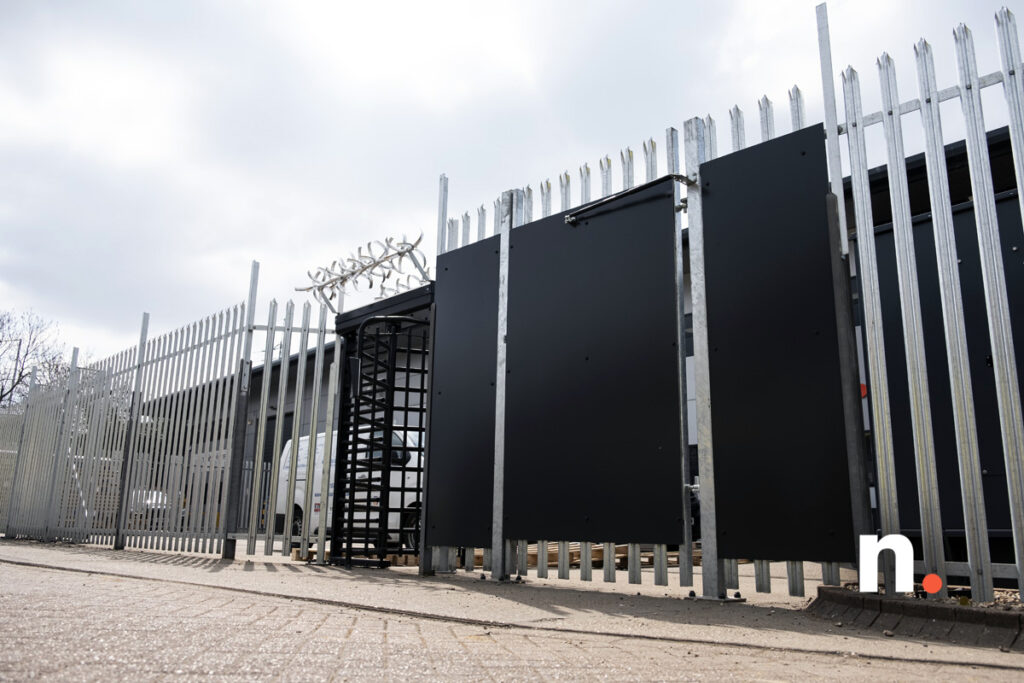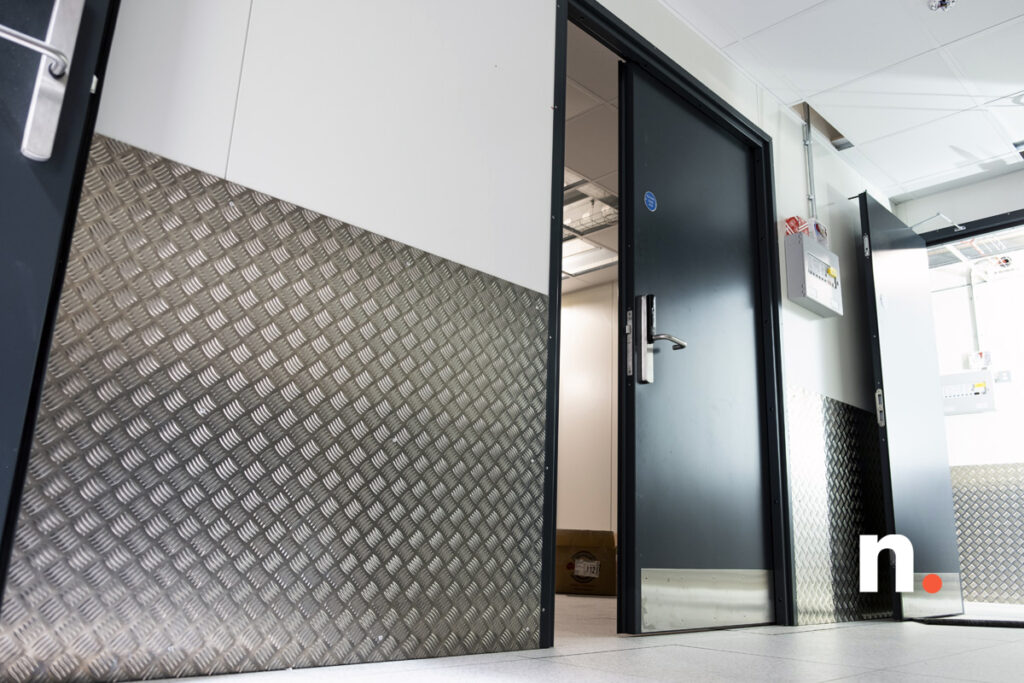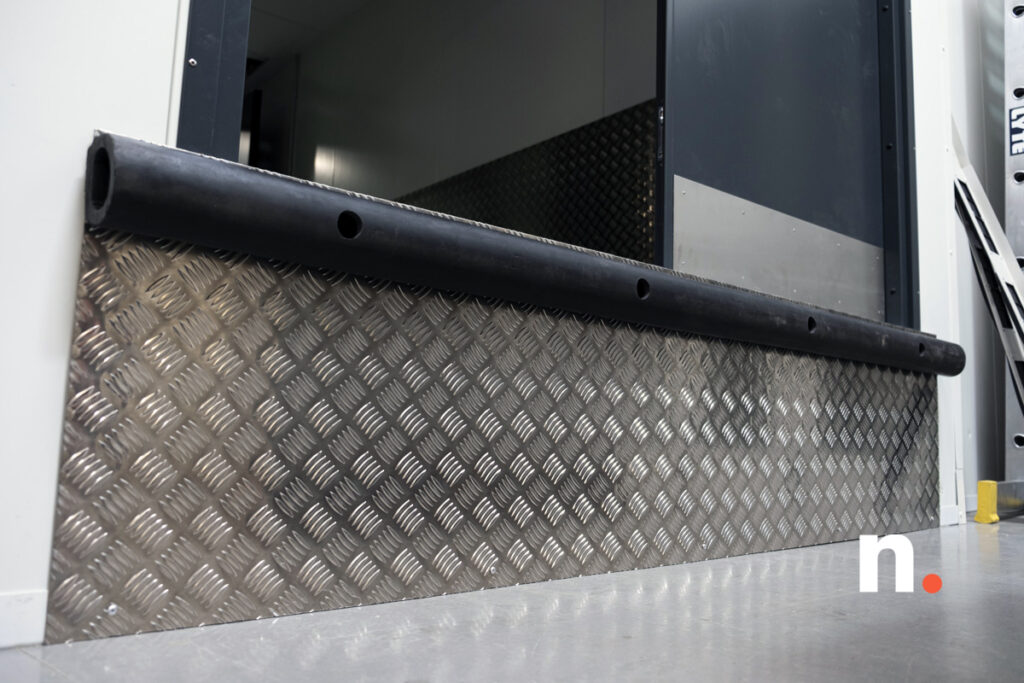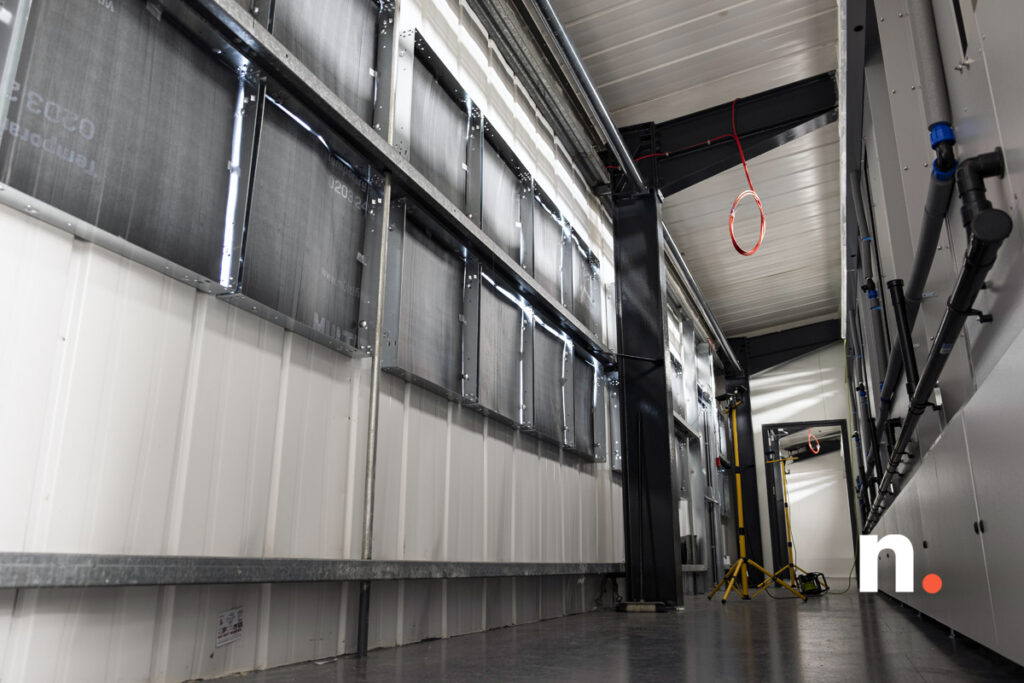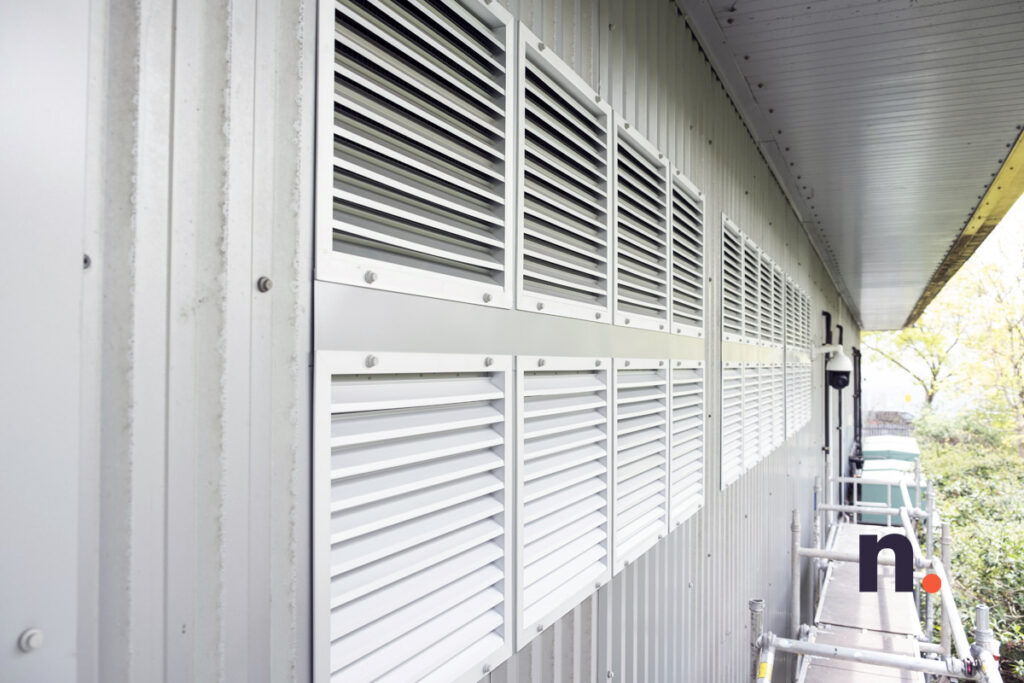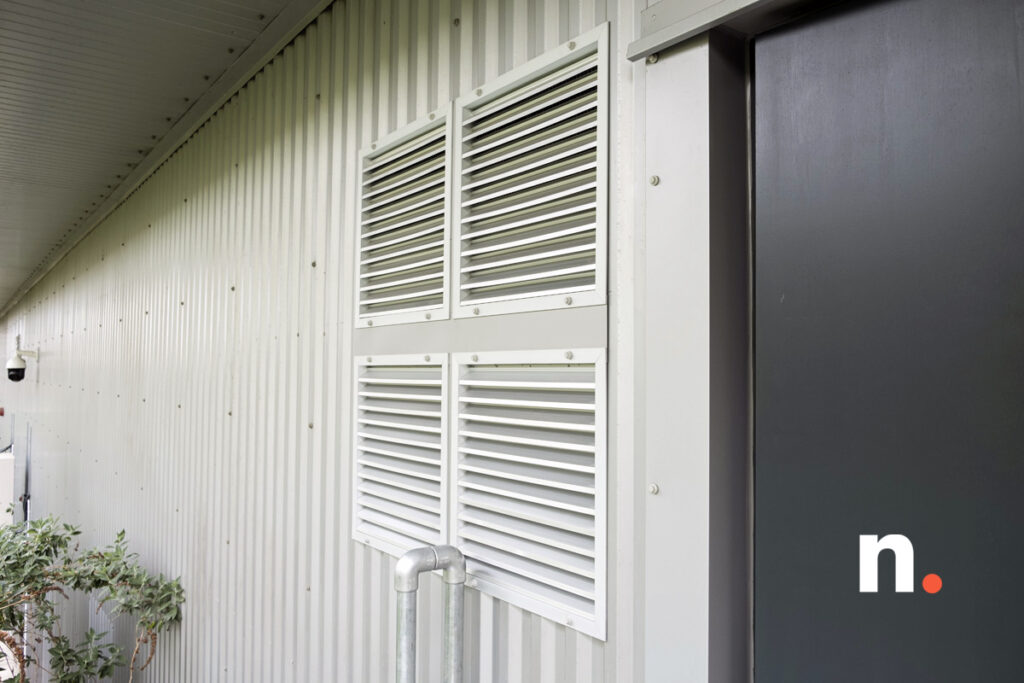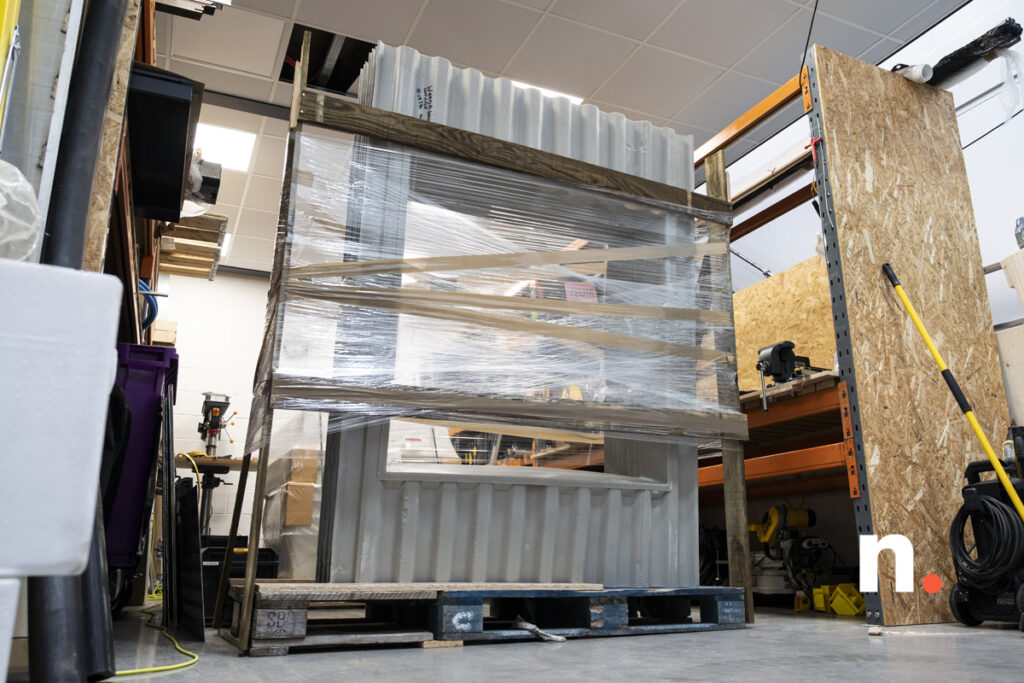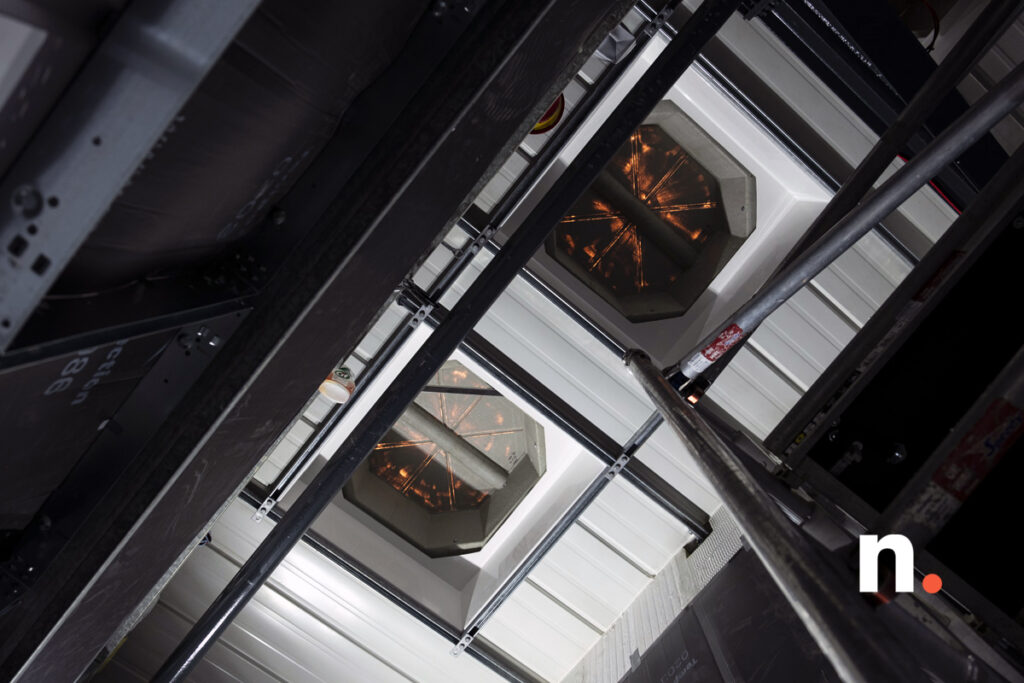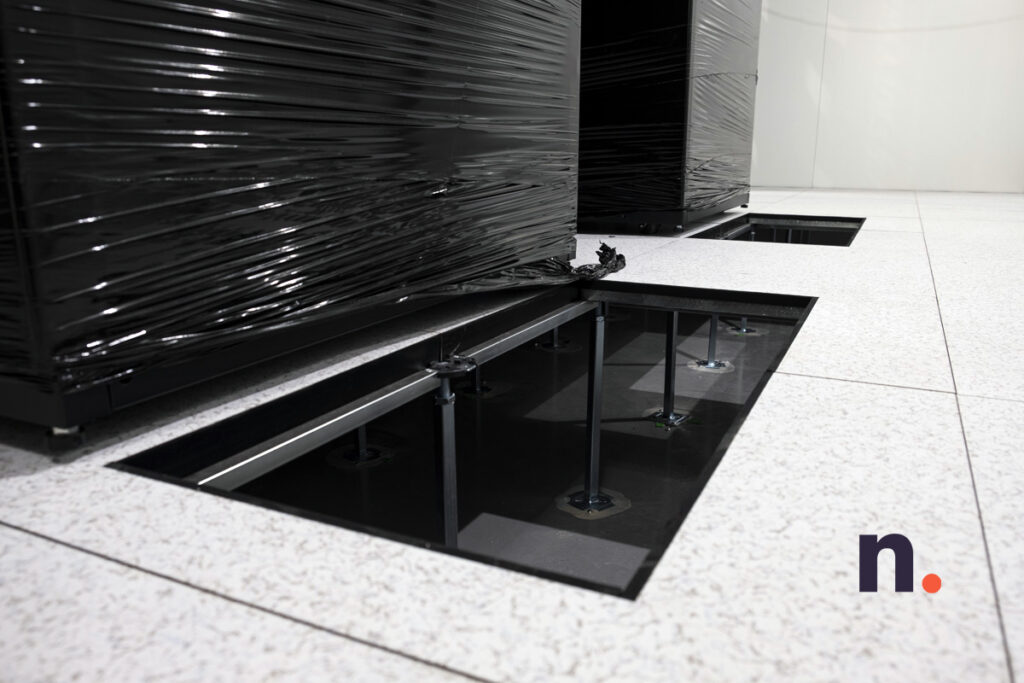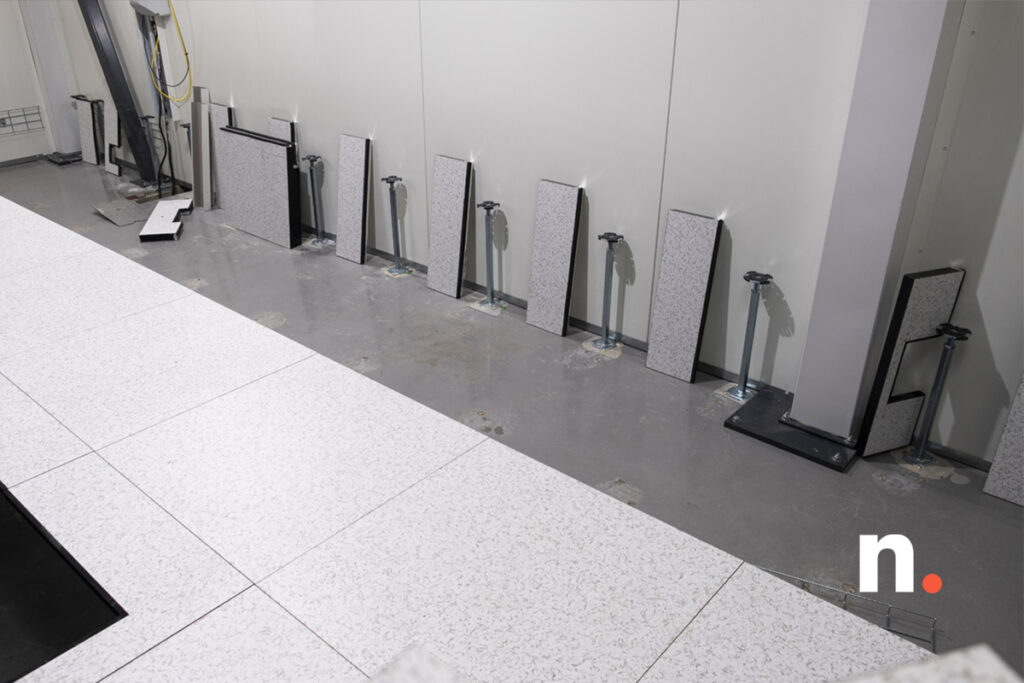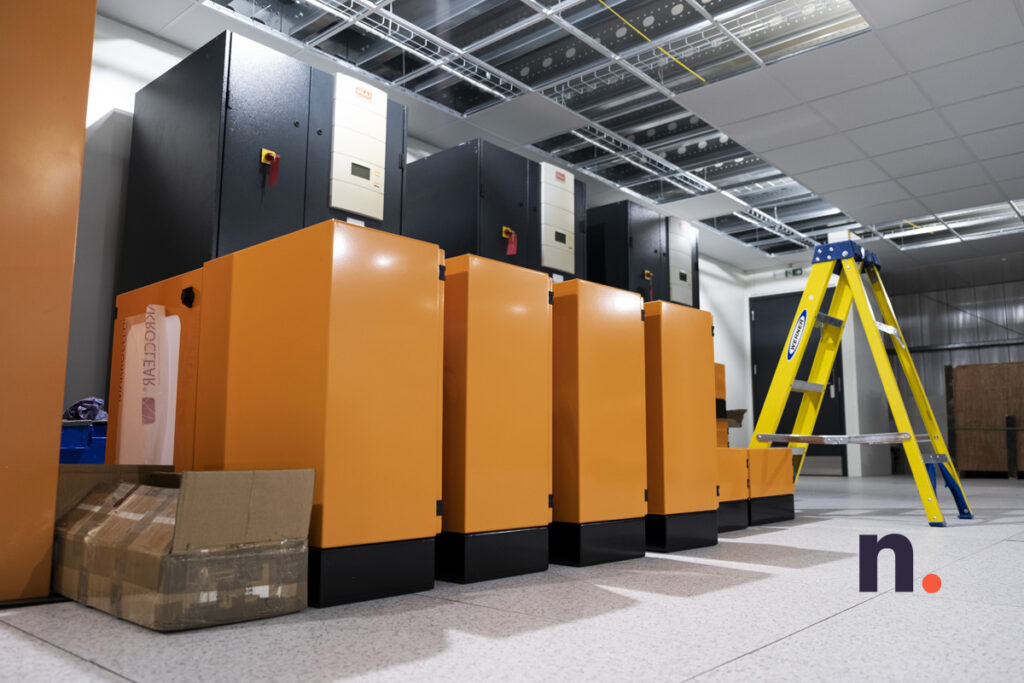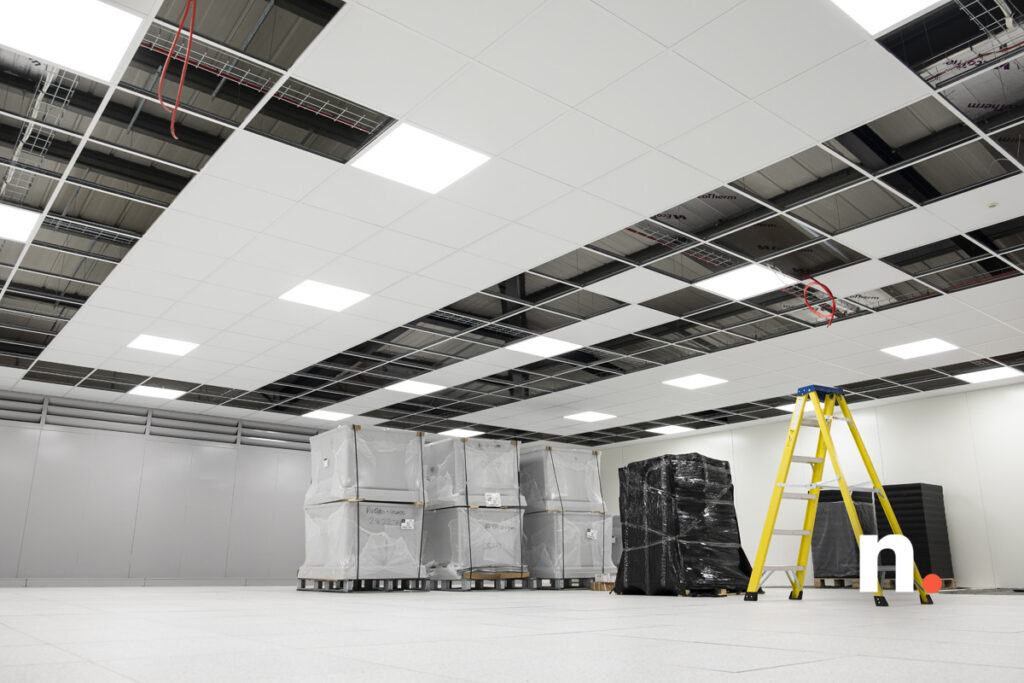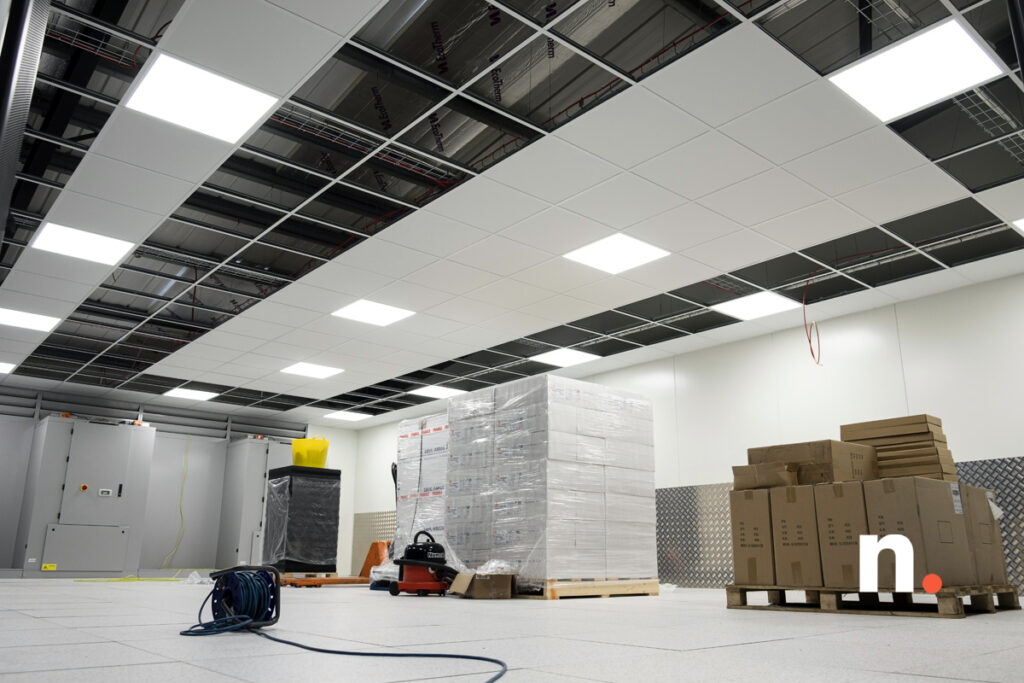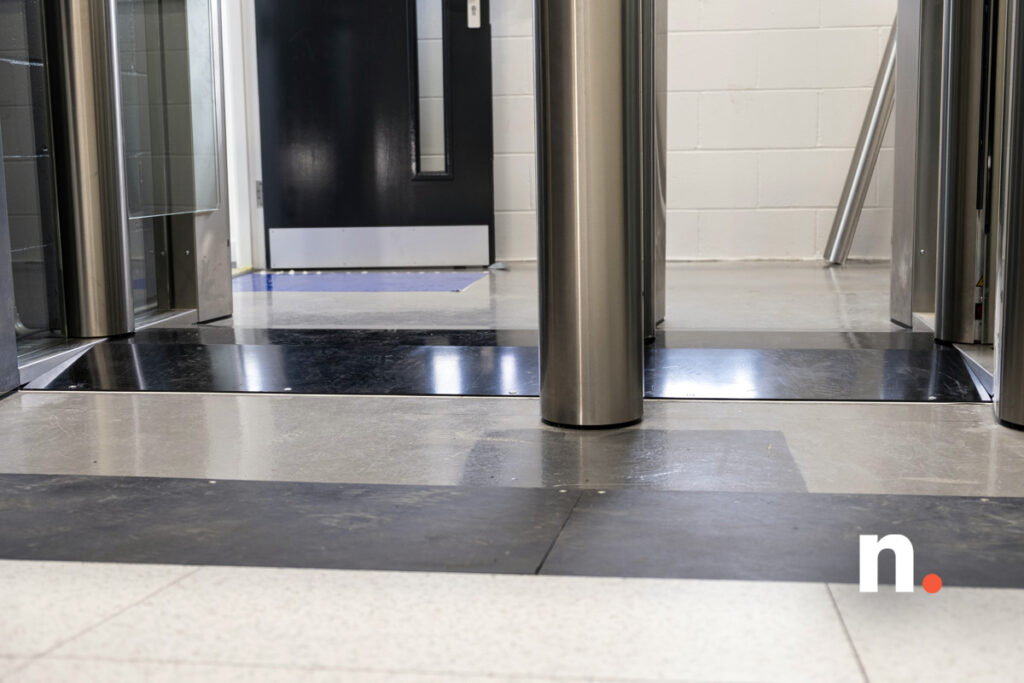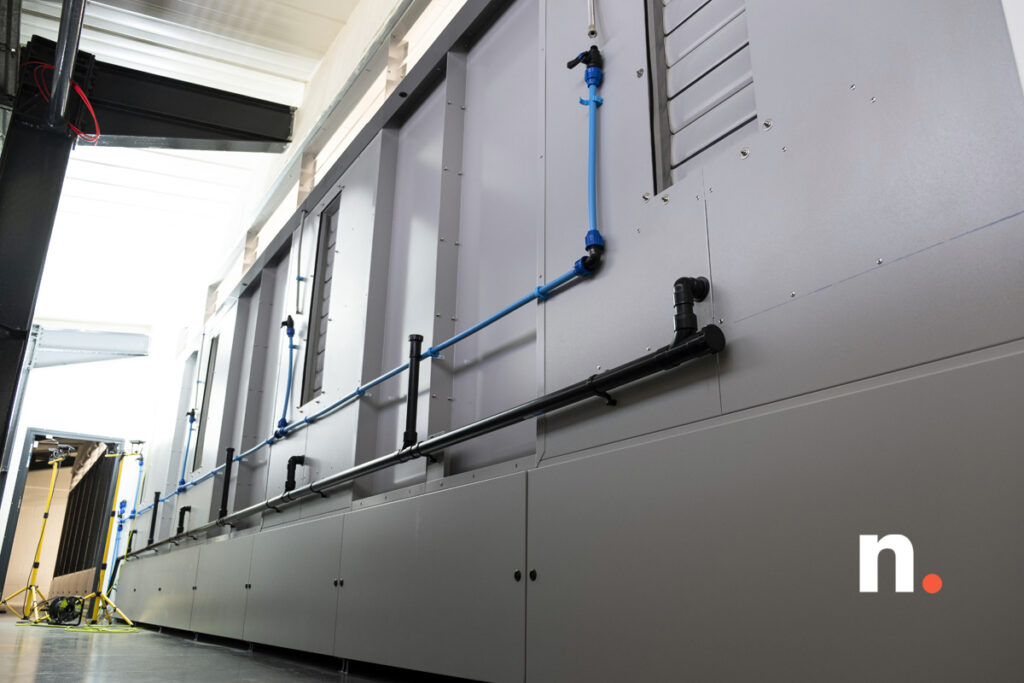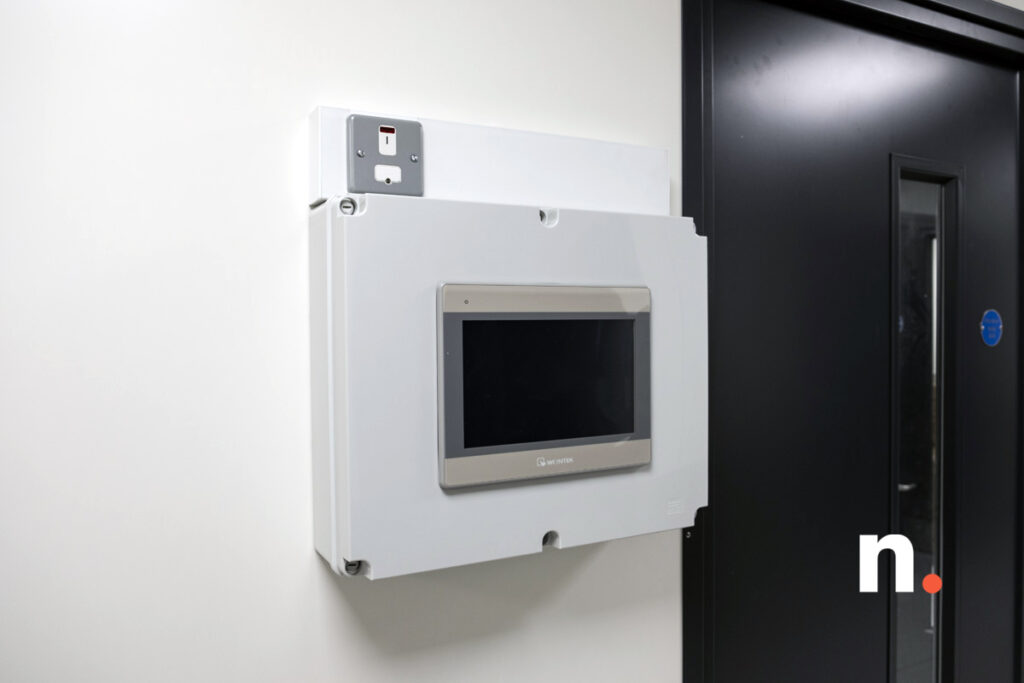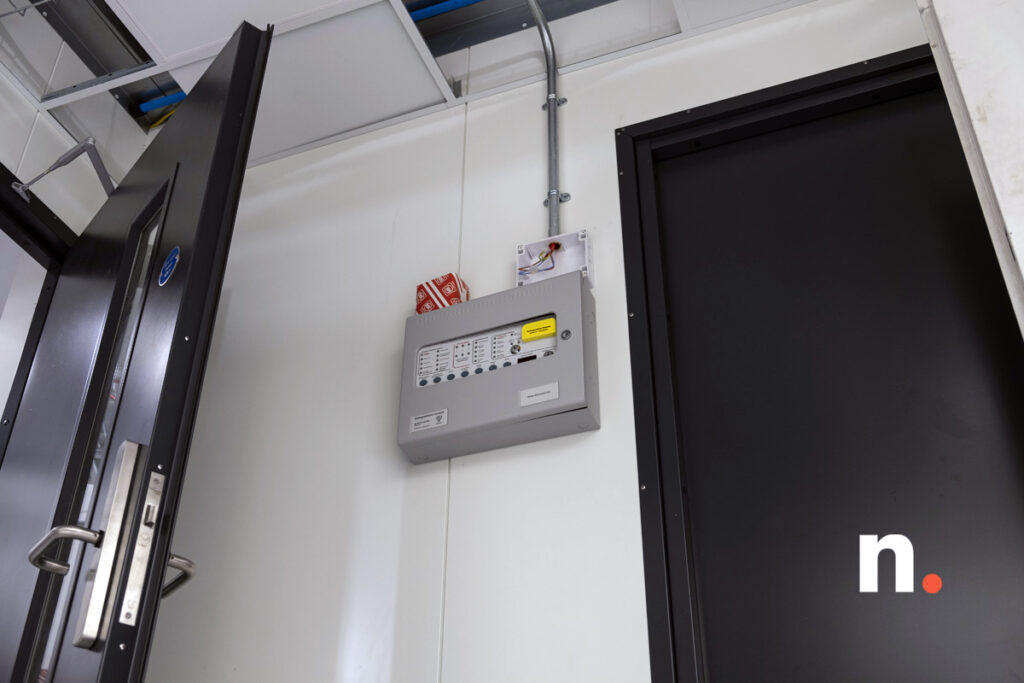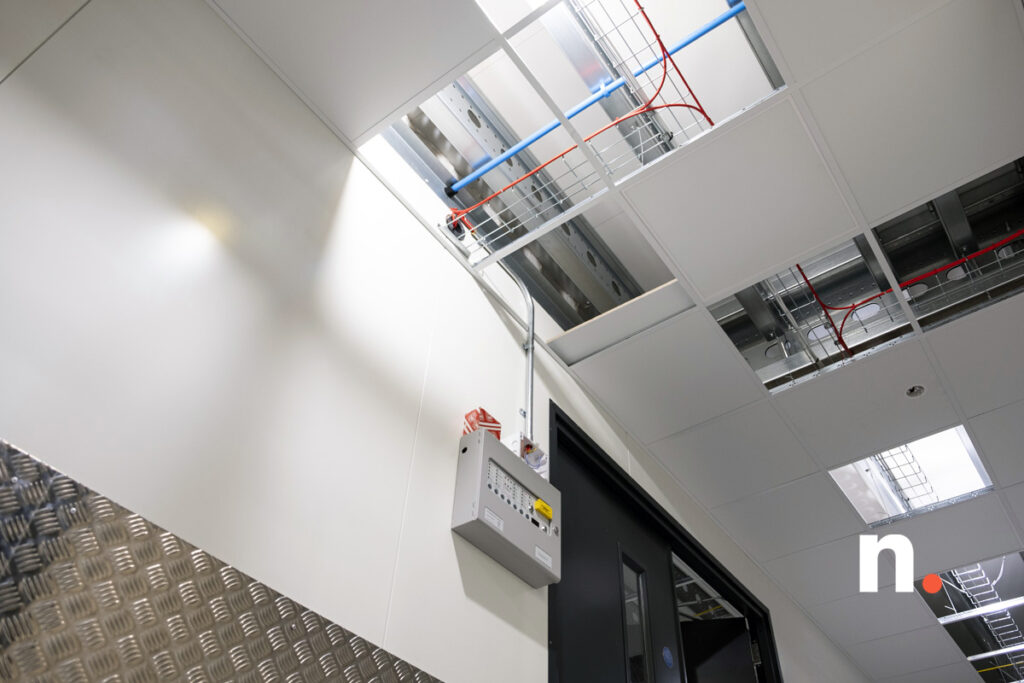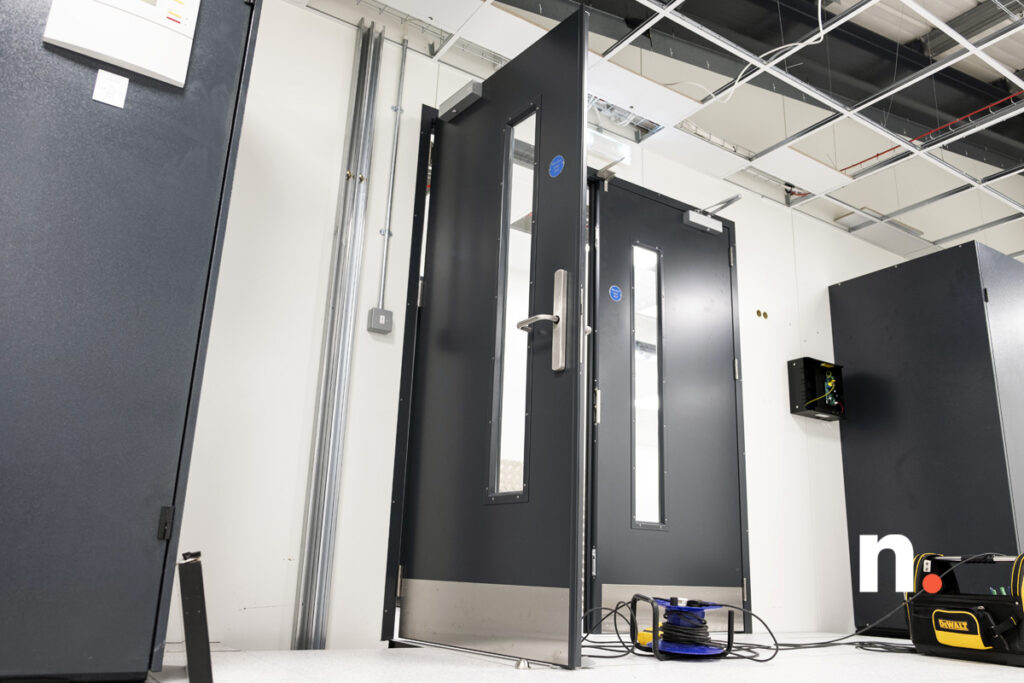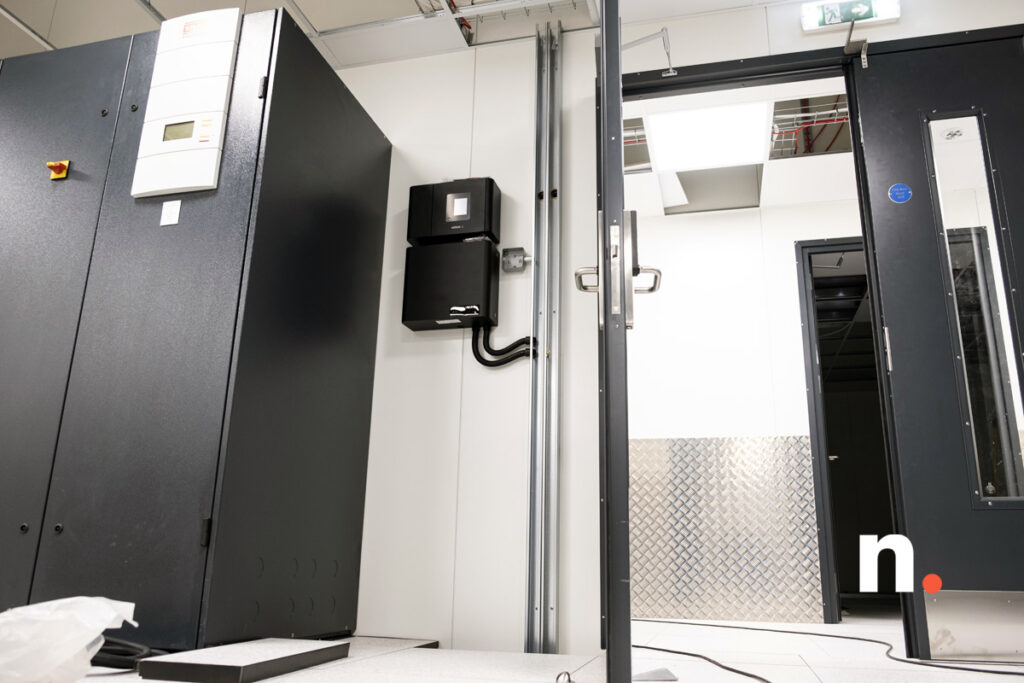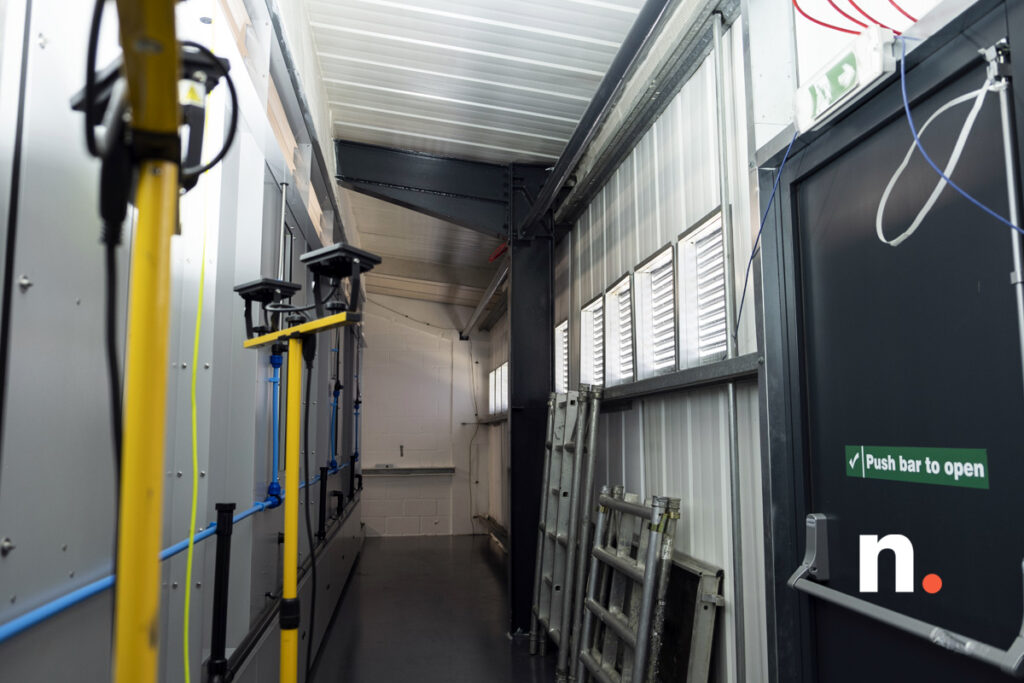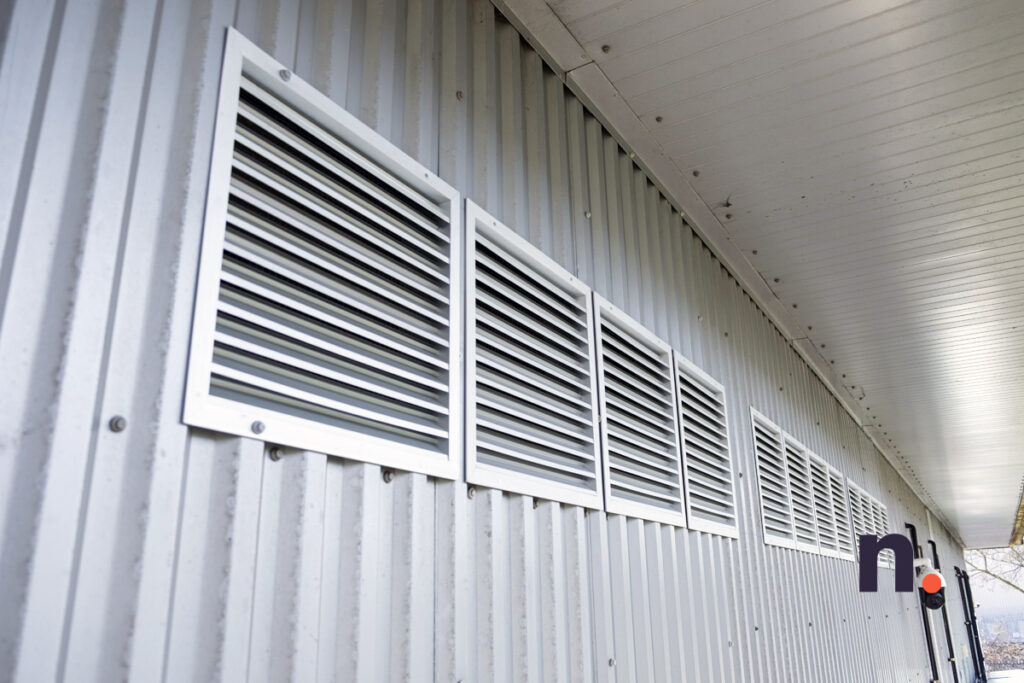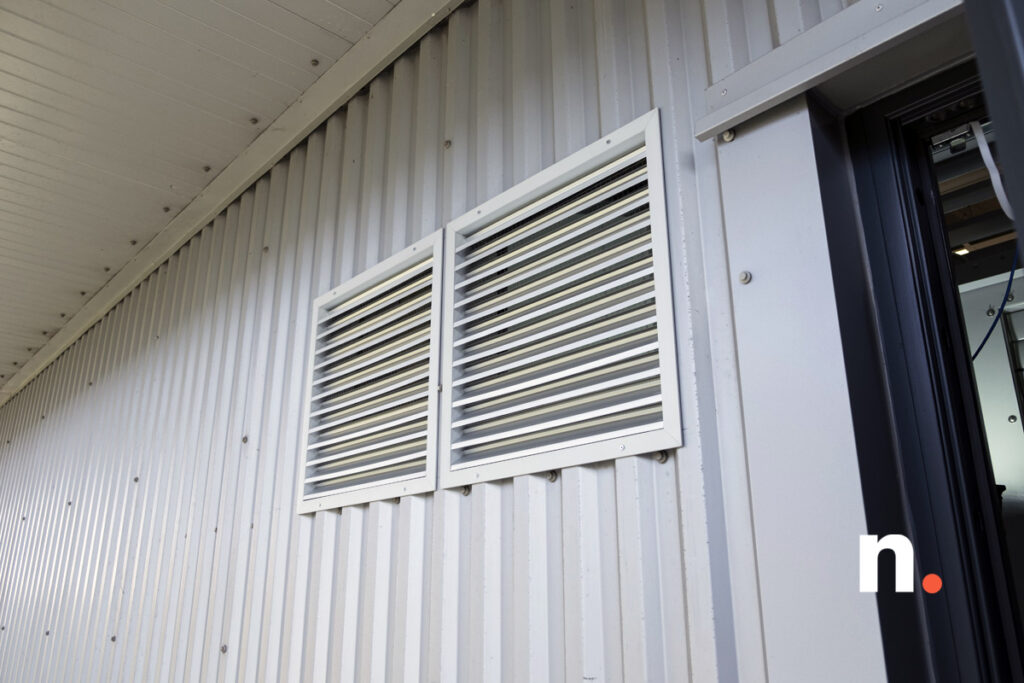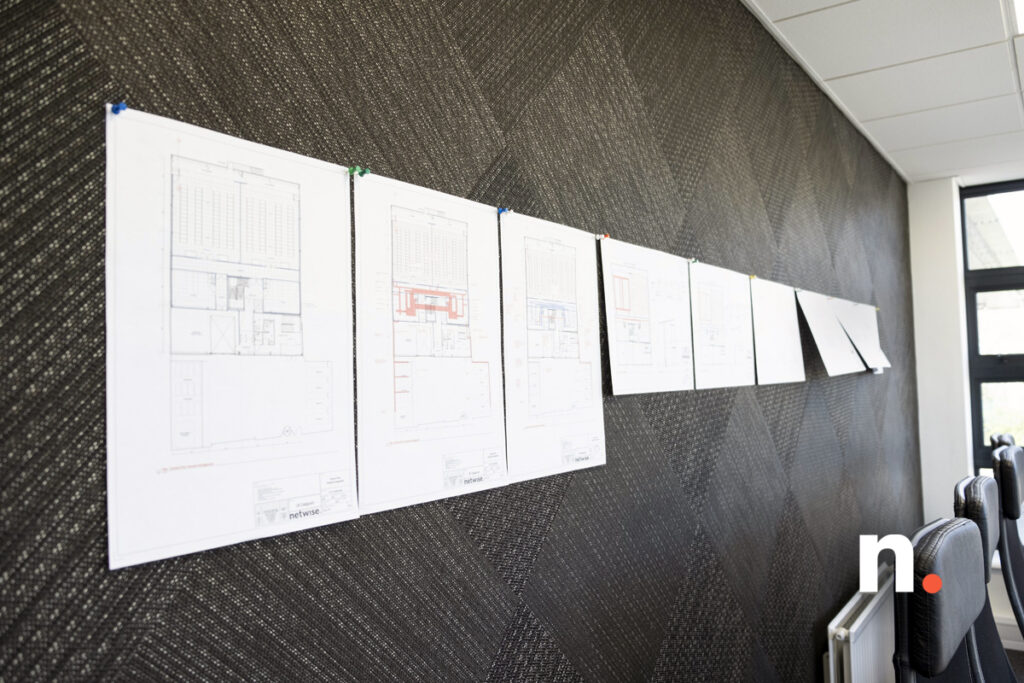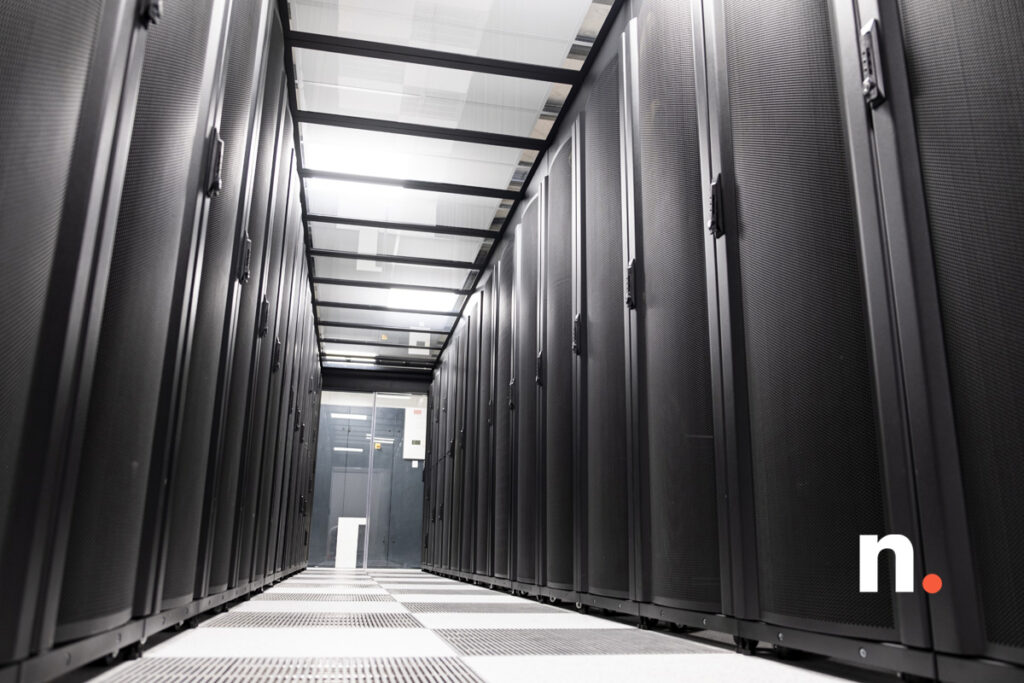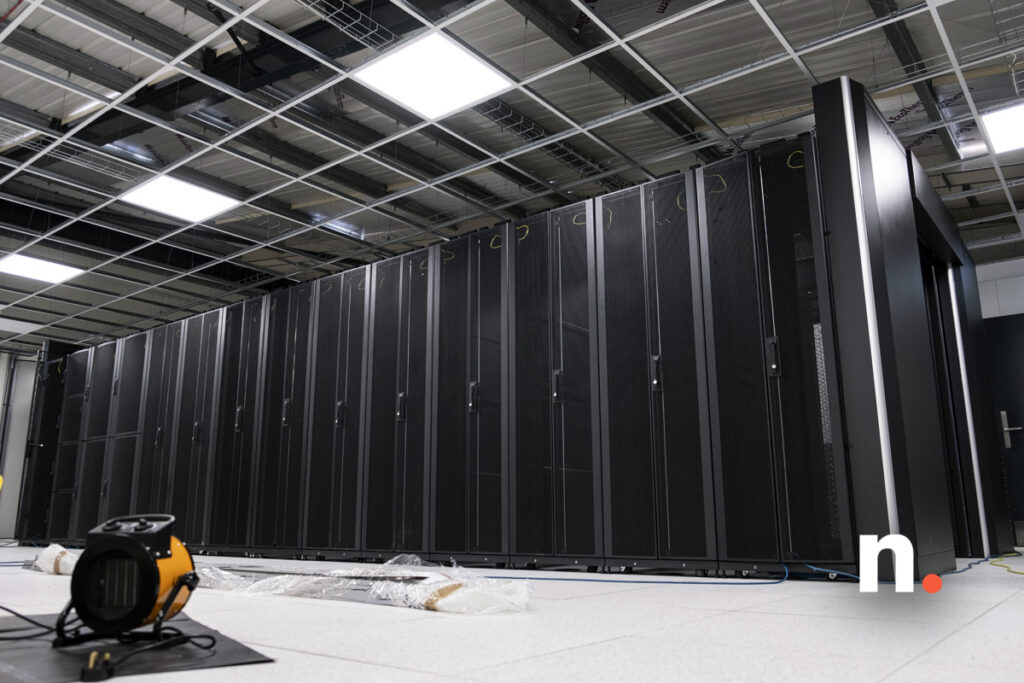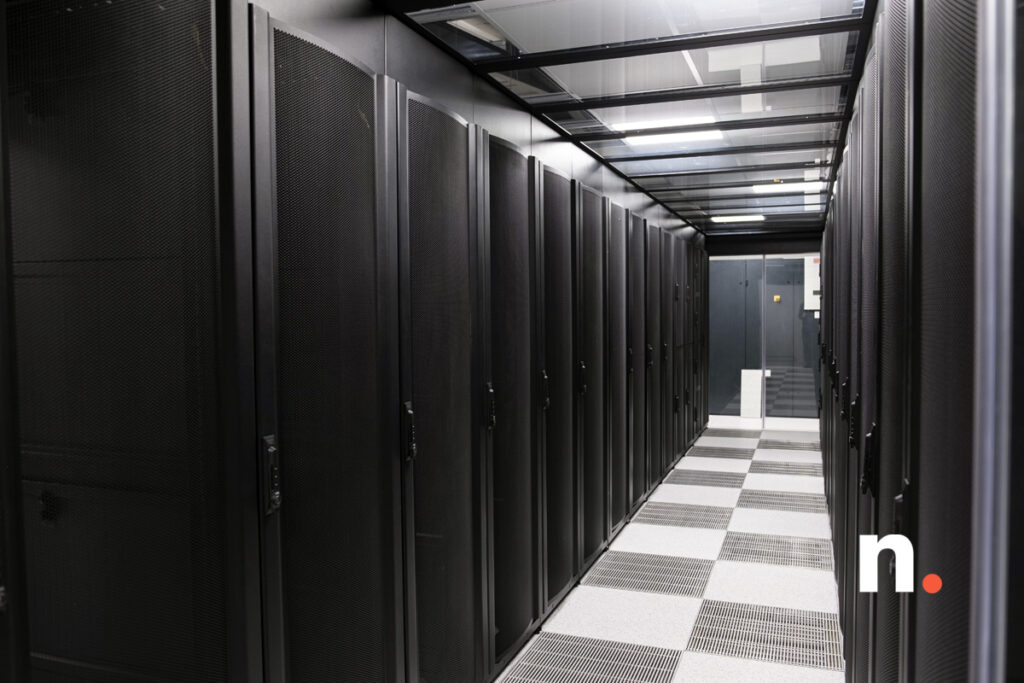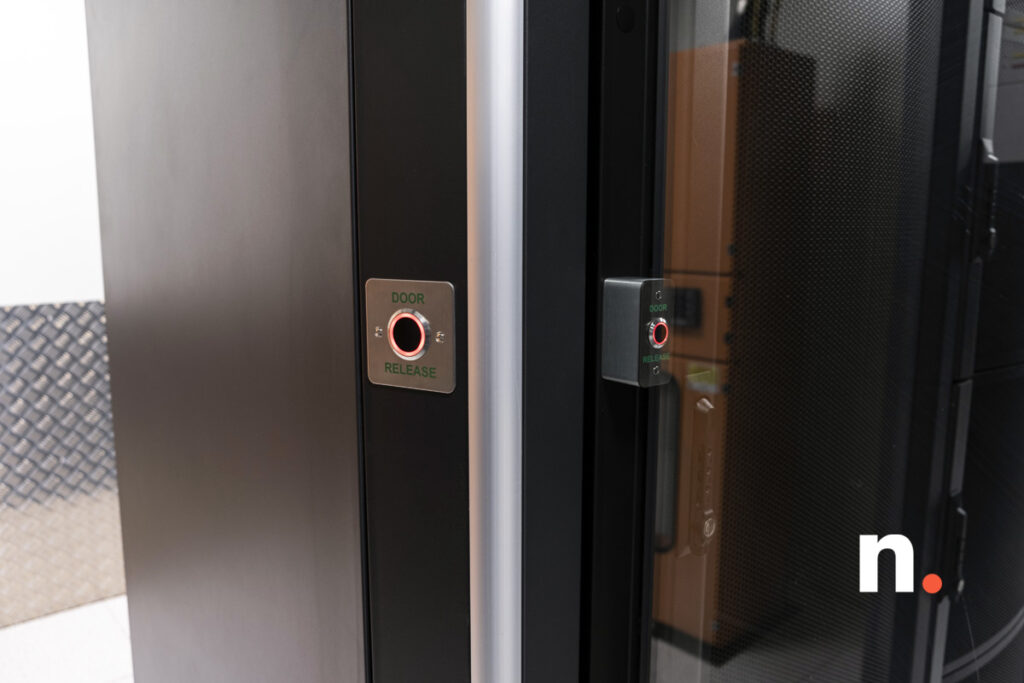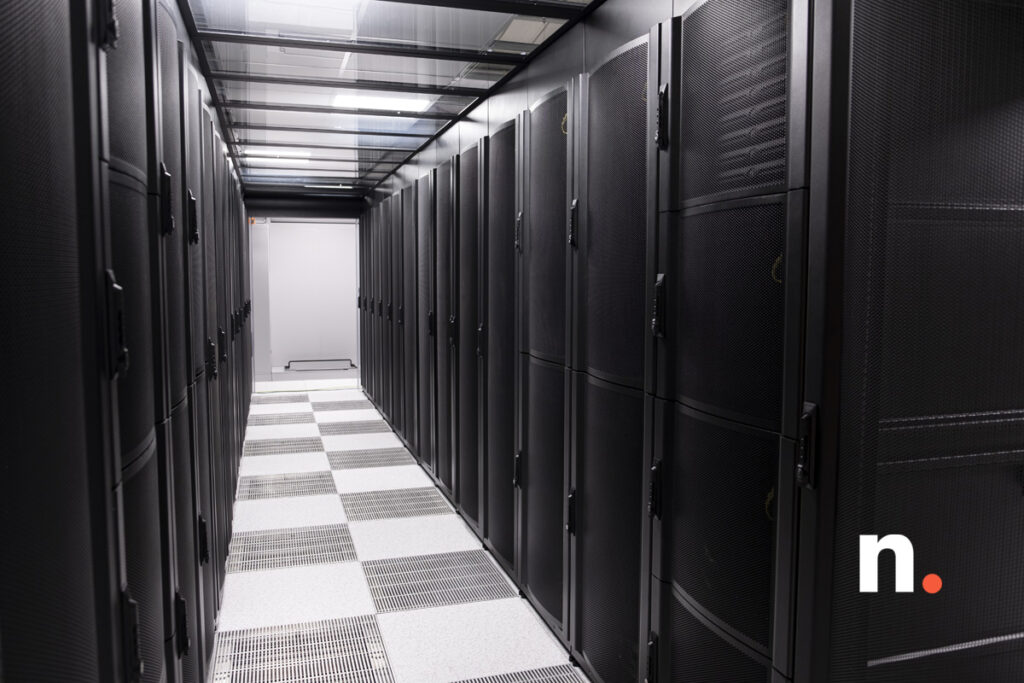The concept of a data centre may seem simple at first glance. After all, it’s effectively just a warehouse with stacks and stacks of humming, immobile servers. However, those servers may hold critical data and operate critical systems for your company, or the companies you rely on everyday. Are you well-enough prepared for a power outage or equipment failure?
Any expanding business needs to be aware of the challenges that come with choosing the right data centre for your needs. Luckily, there are universal data centre standards that allow you to evaluate the right level of security and stability for your company.
What are data centre tiers and how can your choice of data centre affect your business? Read on to discover the data centre tier ratings explained. You’ll find out what differentiates a simple warehouse from a high-tech facility, and how you can choose the best data centre for your business needs.
Data centre classification
Data centre classifications are consistent and regulated worldwide thanks to the standards created by the Uptime Institute in the mid-1990s. The institute is a neutral third party that inspects data centres and places them into one of four tiers of quality and reliability.
Standard data centre tiers
Tier differences are generally determined by two factors. The first is the ability to stay up and running even through repairs and necessary maintenance. The second is redundancy. This refers to the ability to continue functioning even if a necessary resource such as power or cooling were to fail.
Tier 1 data centres
A Tier 1 data centre is the most basic level of data centre, essentially a warehouse with small-scale supporting infrastructure. This infrastructure must include:
- An uninterruptible power supply (UPS) which instantly transfers the power supply to a stored battery. This protects against outages or spikes, but not for extended periods of time.
- Dedicated equipment for cooling the machines.
- A backup generator for longer periods of power outage.
Tier 1 data centres are simple and can be more vulnerable to unexpected outages or failures. They also have to periodically shut down completely for maintenance, making systems held there inaccessible during this time.
To certify for Tier 1 status, a data centre must have no more than 28.8 hours of downtime per year (99.7% uptime).
That may not seem like much, but for many businesses, it is crucial that their data is available at all times. If you have ever tried to navigate to a website and found it to be down for scheduled maintenance you will recognise first-hand just how frustrating those 28 hours can be.
Tier 2 data centres
Tier 2 data centres are the most common type of data centre worldwide. Most private enterprise data centres held within offices in the UK fall under tier 2.
Tier 2 data centres are facilities with greater ‘redundant capacity’. This refers to their ability to keep functioning through disruptions such as power outages or scheduled maintenance. In addition to backup generators and cooling systems, tier 2 centres can include:
- Energy storage units such as batteries.
- Additional cooling equipment such as cooling towers and condensers.
- Modular components which can be removed without shutting the entire system down.
Tier 2 centres are less likely to have to shut down for maintenance. Rather, maintenance can be done on just one part of the system, while the rest continues to run. However, shutdowns may occasionally be necessary for critical infrastructure support.
Tier 3 data centres
Tier 3 data centres are likely to be the highest level of data centre most businesses will ever need. Tier 3 data centre uptime can reach 100%. Many tier 3 sites do not need to ever be shut down.
A tier 3 data centre also requires additional backup power and cooling systems compared to a tier 2 centre. Tier 3 data centres in the UK are protected from both planned maintenance and shutdowns and unexpected events such as power outages.
Tier 3 sites are best suited to businesses that take uptime seriously, and need to know that their redundant systems are fed by infrastructure that makes full and proper use of this, with power and network separation for an always-on approach to maintenance and faults.
Tier 4 data centres
While the concept of a tier 4 data centre is possible in some regions around the world, this is not actually possible in the UK, thanks to the National Grid. You need access to two electrical grid operators to meet the tier 4 requirement, which can only be achieved in areas that have access to this type of power delivery methodology (while also achieving all other requirements, of course).
Some UK-based facility operators will attempt to pass of a tier 3+ site (a tier 3 site with systems that exceed the tier 3 requirements) as a tier 4 site, however it is worth remembering that this is nothing more than misleading marketing.
In truth, a tier 4 site adds little-to-no operational advantage over a tier 3 counterpart, as having reliable generator infrastructure negates the need for diverse commercial grid access.
Multi-tier data centres
Multi tier data centres have become more common in the past ten years. This refers to data centres that support mixed levels of tier classification.
For example, the most critical systems may make up only 10-15% of a company’s needs. These can be protected with tier 3 or 4 level standards, while other systems which are less critical to overall upkeep can be protected with less rigorous standards.
This reduces expenses on the company’s part and allows data centres to be more agile and versatile in the companies they serve.
It’s very common for top colocation service operators to deploy facilities that existing somewhere between tier 3 and tier 4, often being referred to as tier 3+ (though this is not an official classification offered by the Uptime Institute).
Choosing a data centre for your business
Data centres choose to invest in tier certification. They hire representatives from the Uptime Institute to evaluate their centre and give it an official classification.
So, if you see a data centre company has a tier rating, you can trust that they have taken every step to ensure that their capabilities can be trusted. Data centre tiers are a sign of trust between the centres, their clients, and a neutral third party.
Our data centres in Central and East London are world-class facilities with a number of accreditations and certifications. Contact us today and we will help you determine the right level of security for your needs.


